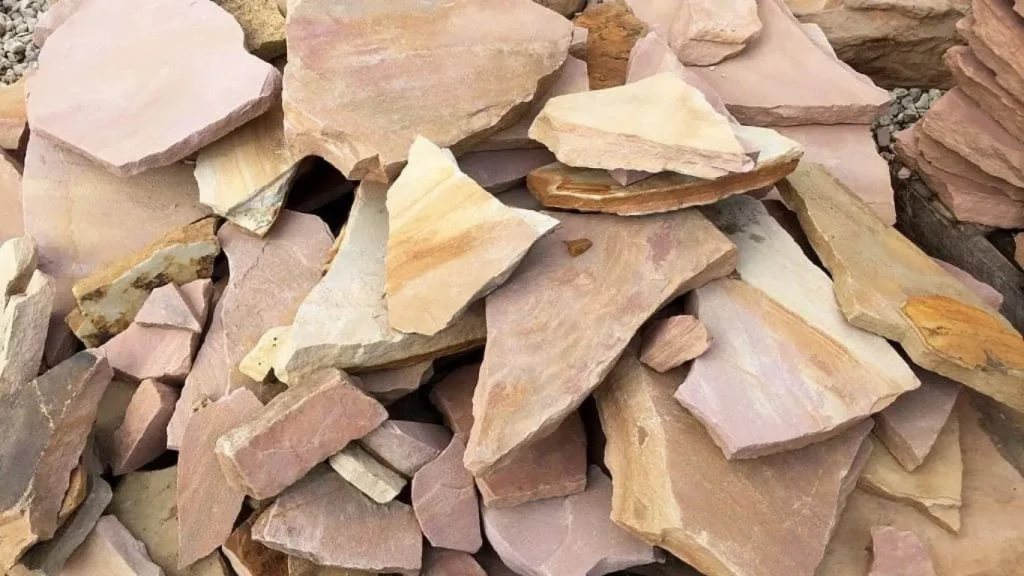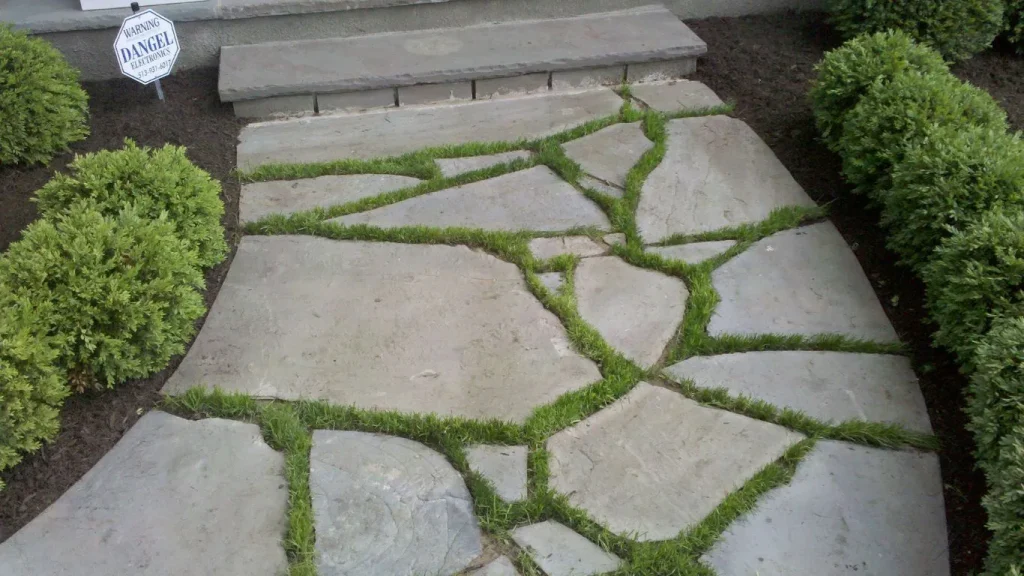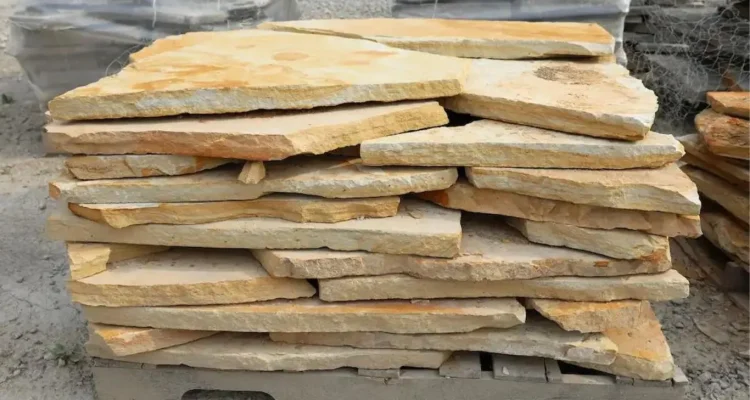Understanding Flagstone
What is Flagstone?
Flagstone is a flat stone that’s typically used for paving and landscaping. It’s cut into slabs that can vary in size, making it a versatile option for outdoor spaces. The natural beauty of flagstone adds a rustic charm to any environment, and its durability makes it suitable for various applications.
Common Uses of Flagstone
You’ll commonly find flagstone in patios, walkways, pool decks, and even indoor flooring. Its natural appearance can enhance the aesthetic of gardens and outdoor living areas, providing a warm, inviting atmosphere.

The Natural Colors of Flagstone
When it comes to flagstone, the color can vary greatly, often influenced by the type of stone and its geographical location. Let’s break down some of the most common colors you might encounter.
Shades of Gray
Gray flagstone is one of the most popular choices. It ranges from light to dark shades, offering a versatile option that can complement many styles. Whether you prefer a more traditional look or something contemporary, gray flagstone can fit the bill.
Brown and Tan Variations
Brown and tan flagstone can add warmth to your outdoor spaces. These earthy tones blend seamlessly with gardens and natural landscapes, making them a favorite for homeowners looking to enhance their yards.
Red and Rust Tones
For those who want a bolder statement, red and rust-toned flagstone can provide a striking contrast against greenery. These colors are particularly popular in southwestern designs and can bring a vibrant touch to patios and walkways.
Blues and Greens
Blue and green flagstone can evoke a coastal or natural feel. These colors work well for pool areas or spaces surrounded by lush vegetation. They can create a serene environment that feels both refreshing and relaxing.
Factors Influencing Flagstone Colors
Geological Composition
The geological makeup of the area where the flagstone is quarried significantly affects its color. Different minerals and elements present in the rock contribute to the final appearance. For instance, the presence of iron can create red and rust colors, while slate-rich areas may yield grays and blues.
Weathering and Erosion
Over time, natural weathering and erosion can change the appearance of flagstone. Exposure to the elements can alter the stone’s color, leading to variations in hue. Understanding how these processes work can help you appreciate the beauty and uniqueness of each piece of flagstone.
Mining and Processing Techniques
How flagstone is mined and processed can also impact its color. Techniques that preserve the stone’s natural qualities tend to enhance its original hues, while more aggressive methods may strip away layers, affecting the overall appearance.
Popular Types of Flagstone by Color
Pennsylvania Blue Stone
This type of flagstone is renowned for its bluish-gray tones, making it a popular choice for patios and walkways. Its rich colors and durability make it suitable for both residential and commercial applications.
Arizona Flagstone
Known for its warm browns and reds, Arizona flagstone is perfect for southwestern-style landscaping. Its earthy tones provide a natural look that complements desert plants and outdoor spaces.
Indiana Limestone
While primarily known for its cream and light gray colors, Indiana limestone can also come in darker shades. This versatile stone is often used in both exterior and interior designs, offering a classic and timeless appeal.
Choosing the Right Color for Your Project
Matching with Surroundings
When selecting flagstone, consider the colors of your home and surrounding landscape. Choosing a color that complements these elements will create a cohesive look that enhances your outdoor space.
Considerations for Climate
The climate in your area can also influence your choice of flagstone color. Darker stones may absorb more heat, making them hotter underfoot in sunny climates, while lighter colors may help keep your space cooler. Consider your local weather conditions when making a decision.
Care and Maintenance of Flagstone
Cleaning Tips
To keep your flagstone looking its best, regular cleaning is essential. A gentle soap and water solution can help remove dirt and debris. Avoid harsh chemicals that may damage the stone’s surface.
Sealing Flagstone
Applying a sealant can protect your flagstone from staining and weathering. Choose a sealant designed for natural stone and follow the manufacturer’s instructions for application. This simple step can prolong the life of your flagstone and keep it looking vibrant.
FAQs
1. Is flagstone available in a single color?
No, flagstone comes in various colors and shades, making it a versatile option for landscaping.
2. How do I know which flagstone color is right for my project?
Consider the surrounding elements, your home’s color scheme, and the climate when selecting flagstone.
3. Can I use flagstone indoors?
Yes, flagstone can be used indoors, particularly in areas like kitchens and bathrooms, but ensure it’s sealed properly to avoid moisture damage.
4. How do I clean flagstone?
Use a gentle soap and water solution, and avoid harsh chemicals that can damage the stone.
5. How often should I seal my flagstone?
It’s generally recommended to seal flagstone every one to three years, depending on exposure to the elements and wear.

Conclusion
Flagstone is a beautiful and versatile choice for outdoor projects, and understanding the various colors available can help you make an informed decision. From warm browns to cool blues, the right flagstone can enhance your space and reflect your personal style. With proper care and maintenance, your flagstone will remain a stunning addition to your home for years to come.


Congratulation!